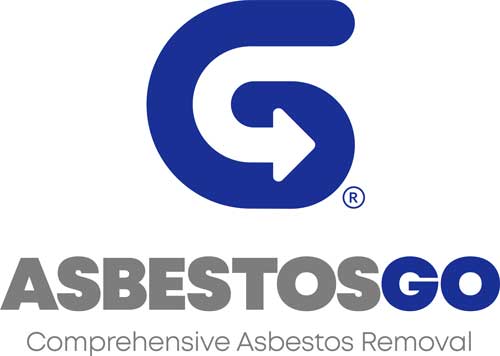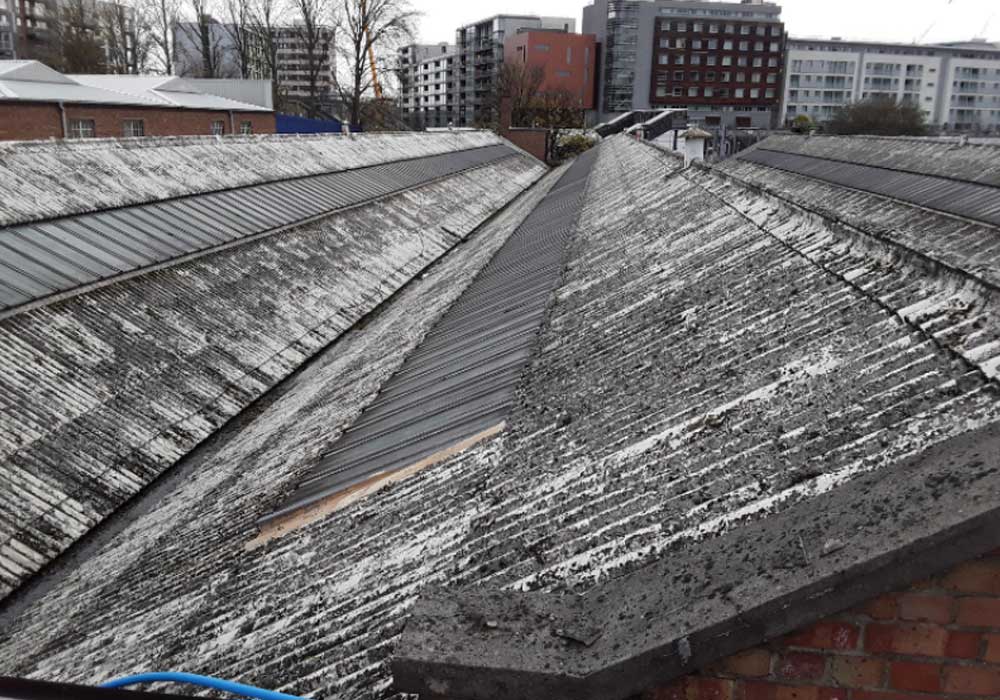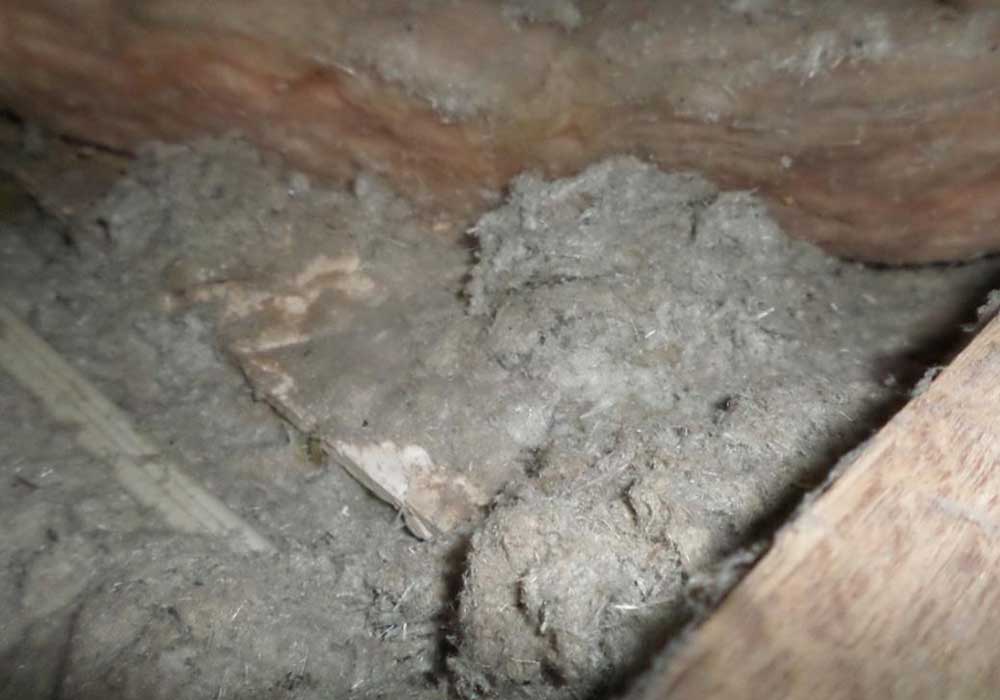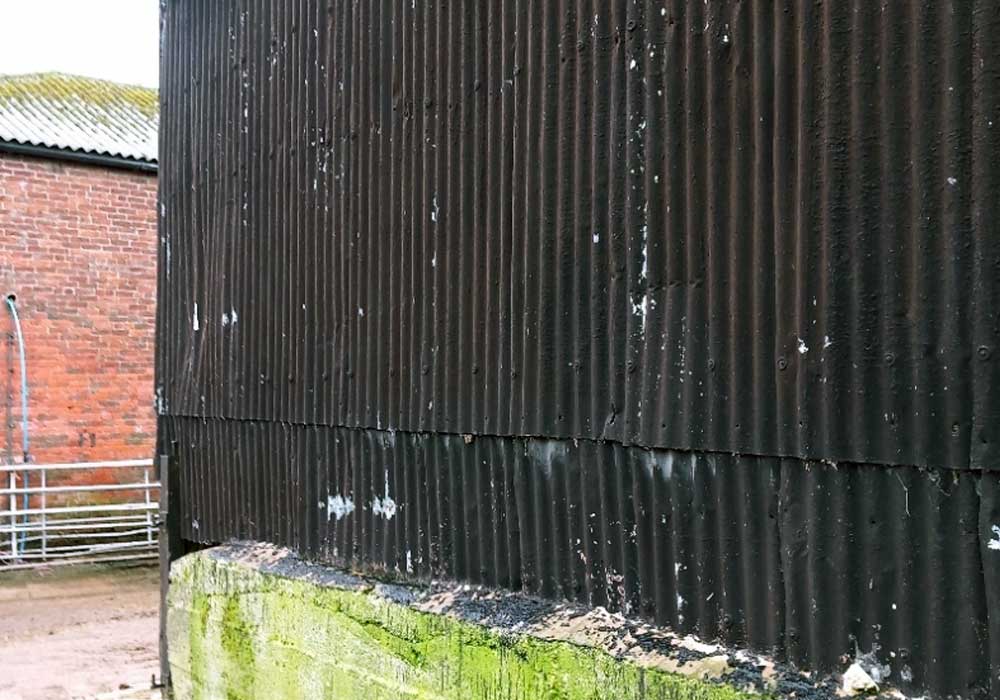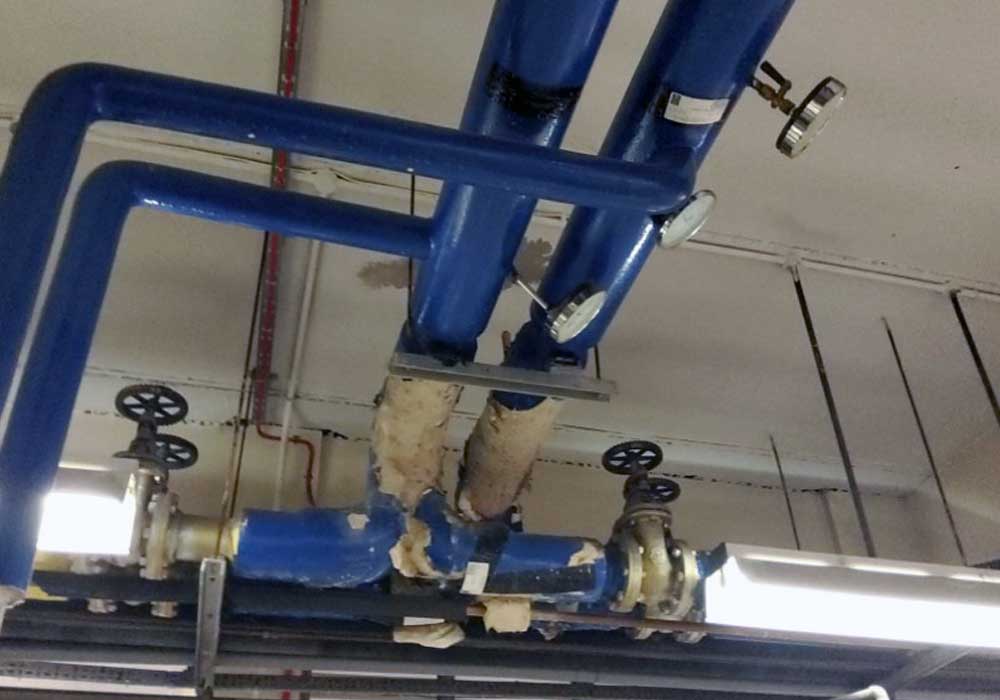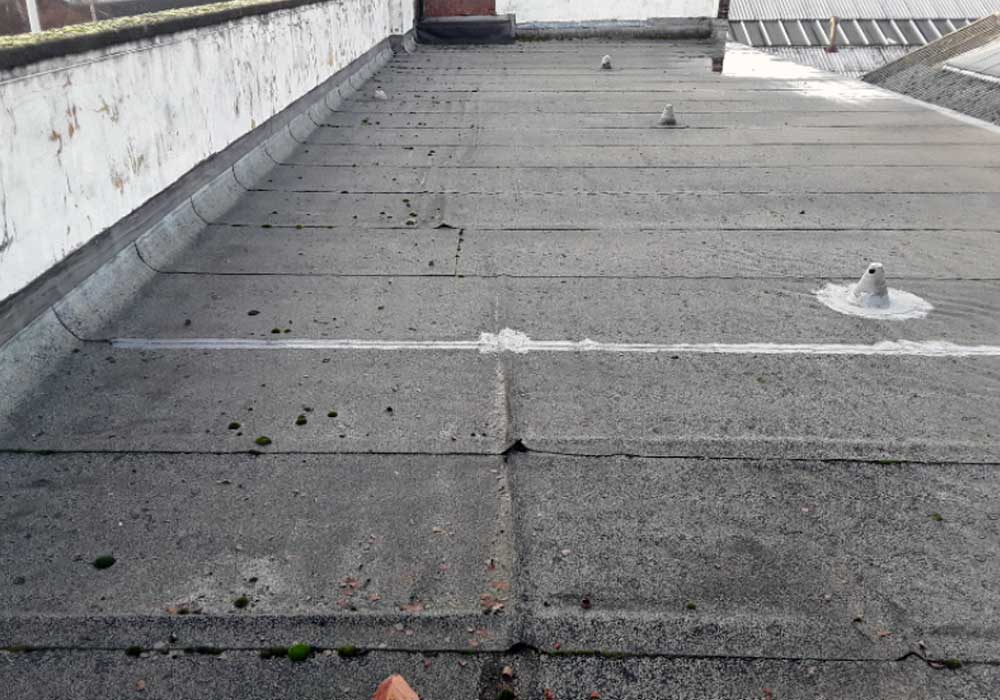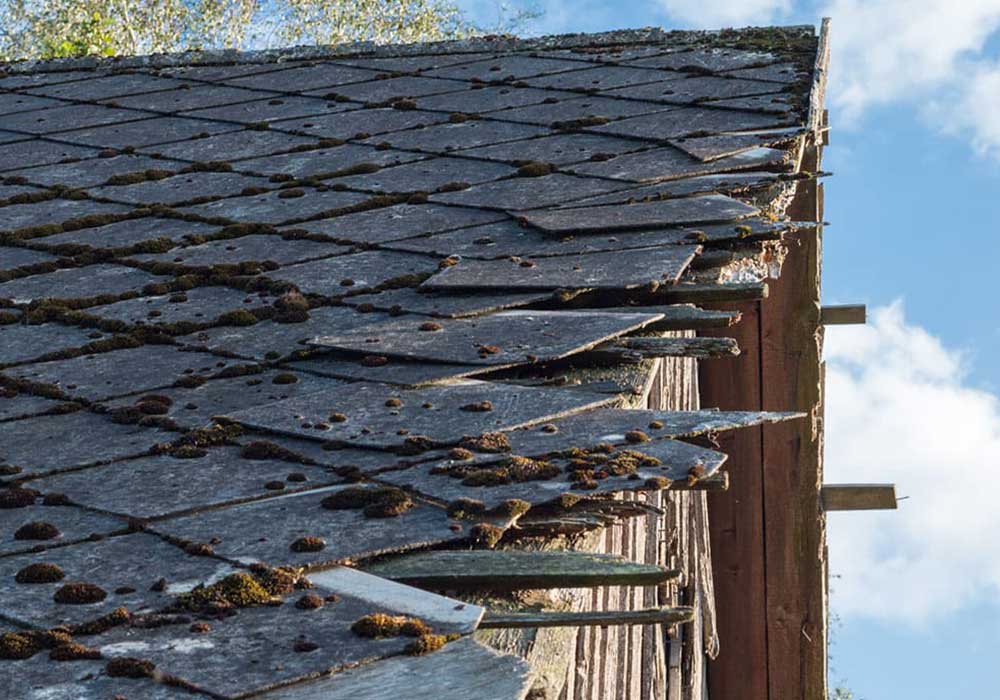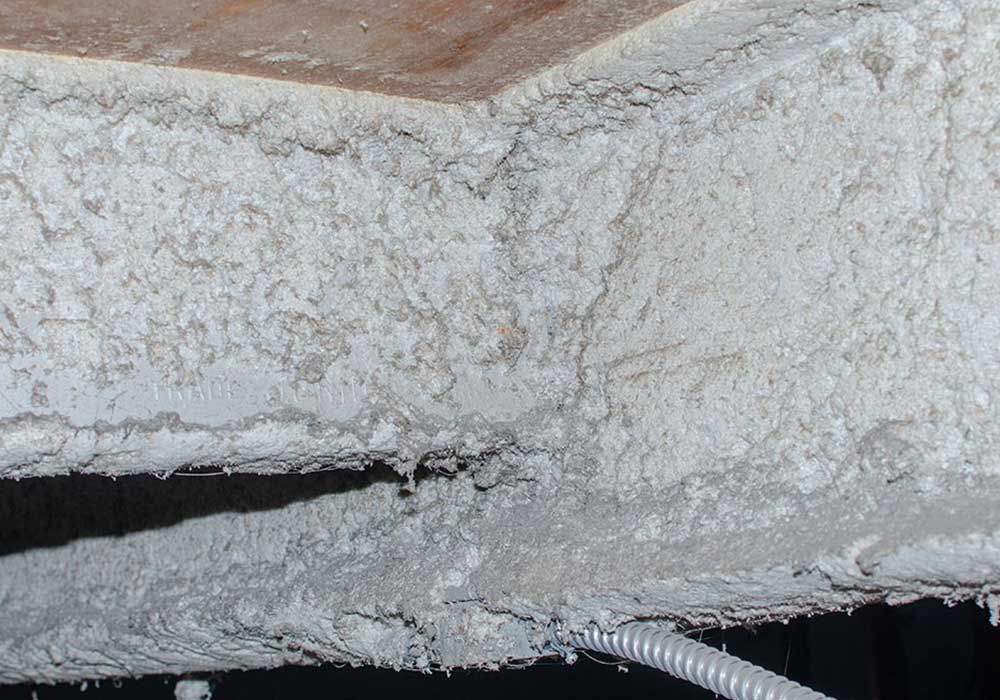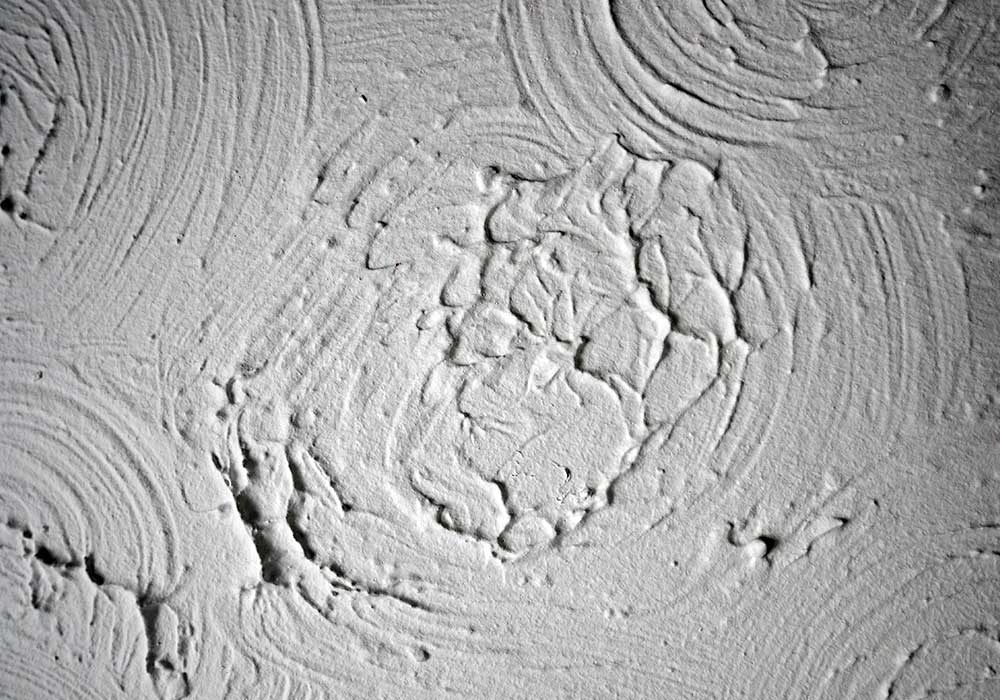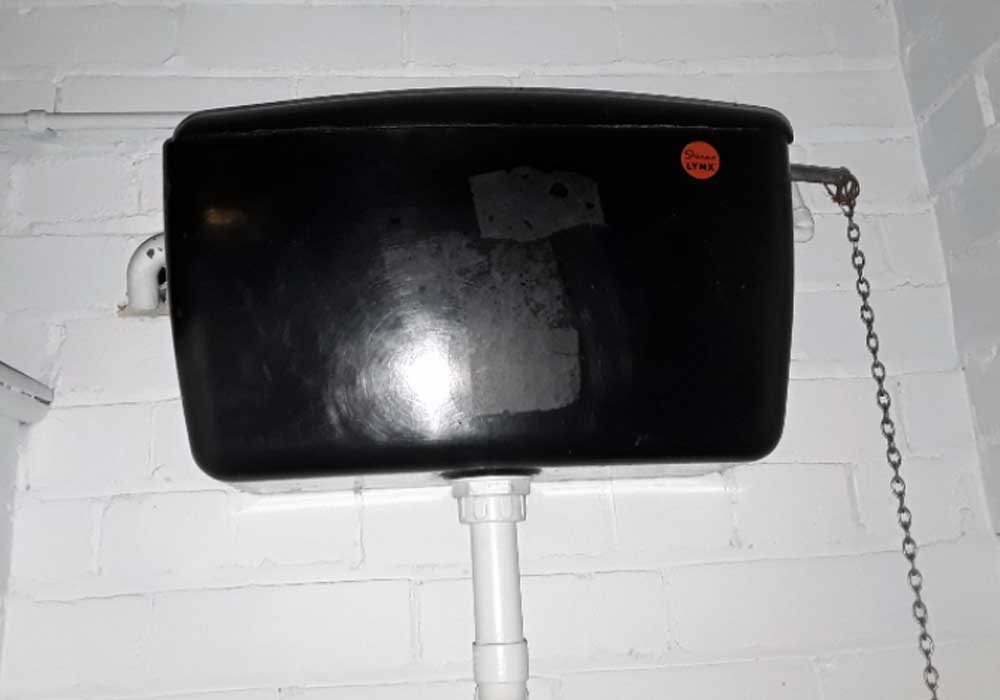
DO NOT TOUCH
Any work on this product needs a licensed asbestos contractor.
Asbestos Insulation Board (AIB)
Asbestos Insulation Board, often referred to as AIB, was a widely used construction material from the mid-20th century until the 1980s. This board was favoured for its fire-resistant and insulating properties but has since been recognized as a significant health hazard due to the presence of asbestos fibres. Here’s a description of Asbestos Insulation Board:
- Composition: Asbestos Insulation Board is a composite material that includes asbestos fibres mixed with a binder material, typically cement or a combination of cement and cellulose fibres. The asbestos component was added to provide fire resistance and insulation.
- Applications: AIB was commonly used in various construction applications, including as wall and ceiling panels, partition walls, fireproofing material, and even as insulation in HVAC ducts. It was chosen for its ability to resist heat and provide thermal and acoustic insulation.
- Health Risks: The primary concern with Asbestos Insulation Board is the potential release of asbestos fibres when it becomes damaged, drilled, cut, or disturbed in any way. Inhalation of airborne asbestos fibres can lead to severe health conditions, including lung cancer, mesothelioma, and asbestosis.
- Age and Identification: Asbestos Insulation Board was frequently installed in structures constructed before the 1980s. Identifying whether a material is AIB requires professional testing or sampling, as asbestos fibres are not visible to the naked eye.
- Removal and Handling: Due to the significant health risks associated with asbestos, the removal of Asbestos Insulation Board should only be performed by licensed asbestos removal professionals, like yourself. Strict safety protocols, including containment, personal protective equipment (PPE), and thorough decontamination procedures, must be followed to minimize asbestos exposure during removal.
- Replacement: When Asbestos Insulation Board is discovered during renovations or demolition, it is safely removed and replaced with asbestos-free construction materials to ensure the safety of building occupants and workers. Modern, asbestos-free materials are used for thermal and acoustic insulation needs.
In summary, Asbestos Insulation Board was once widely used for its fire-resistant and insulating properties. However, it poses serious health risks when disturbed or deteriorated, as asbestos fibres can become airborne.

